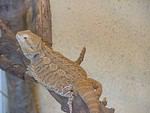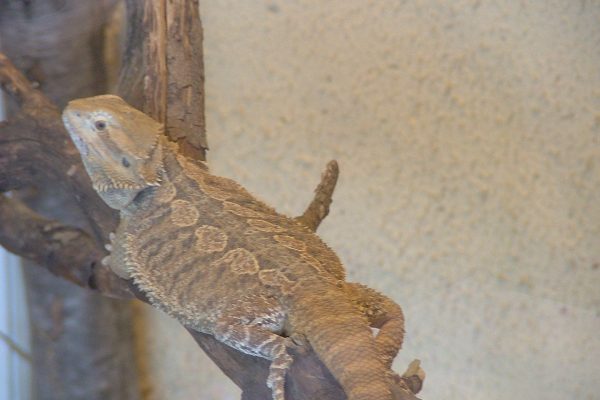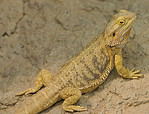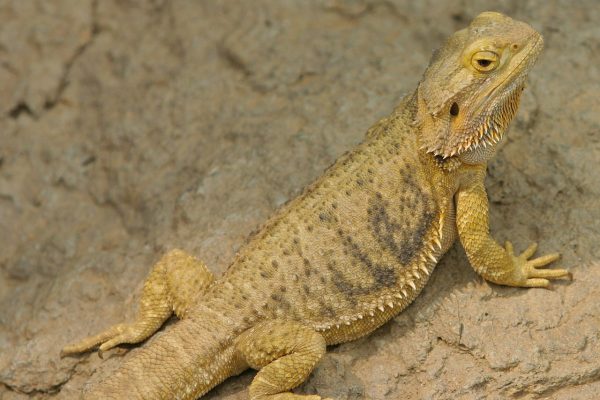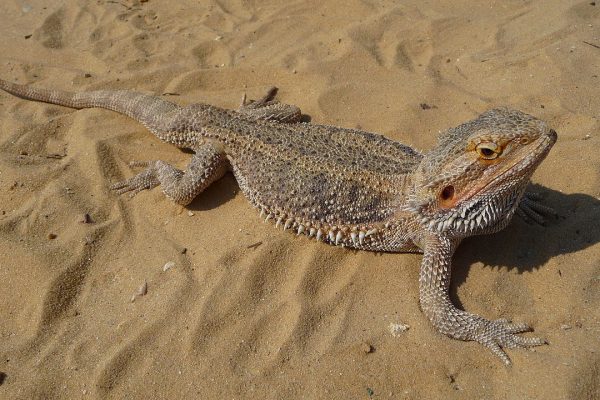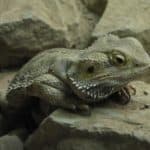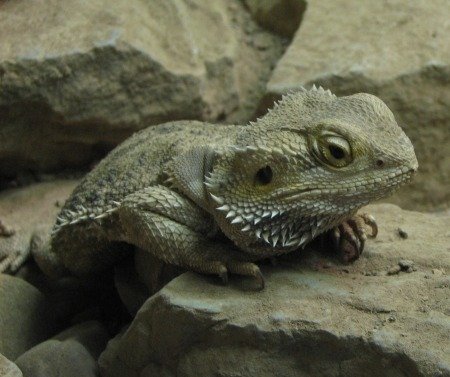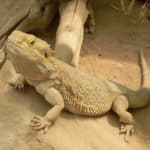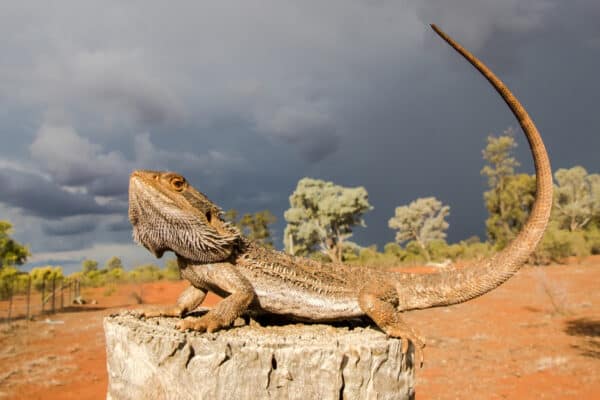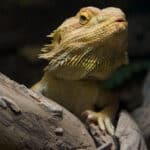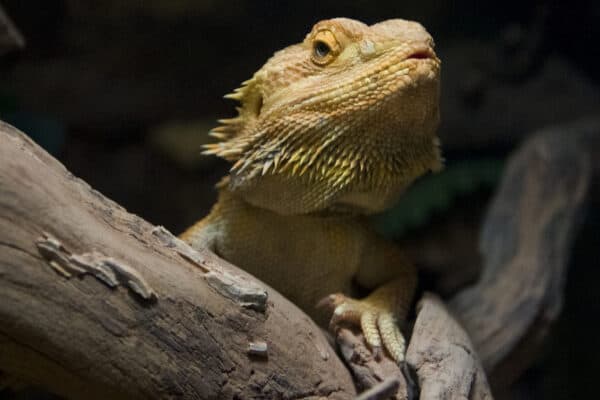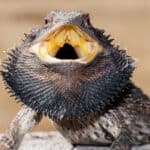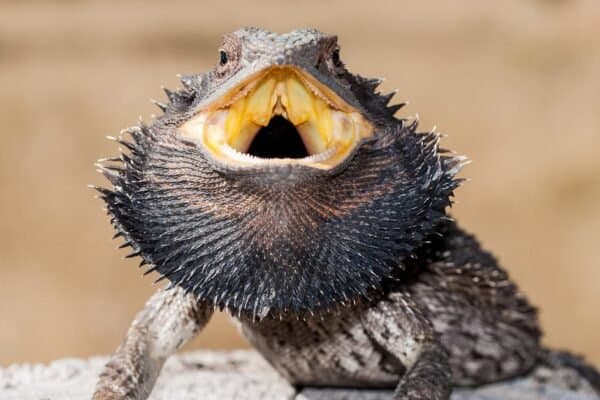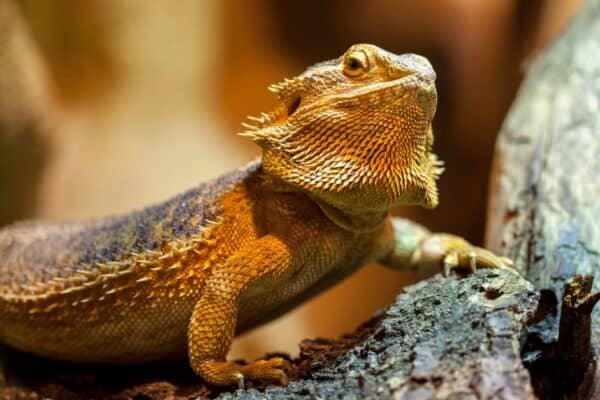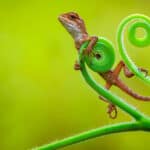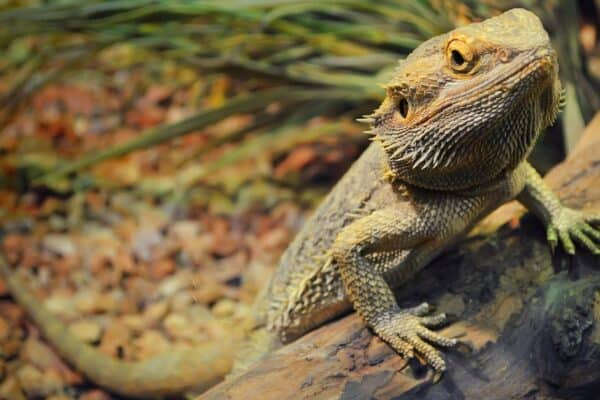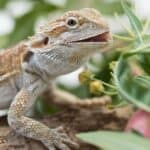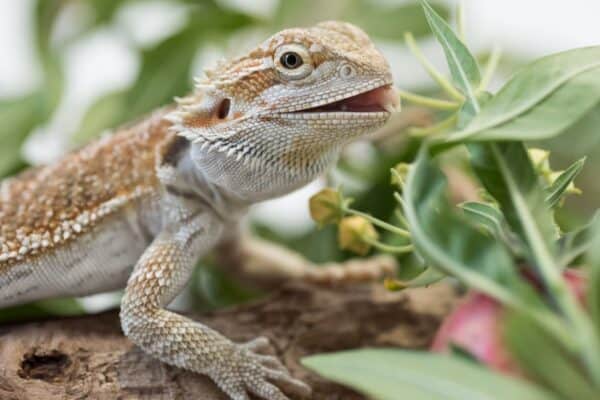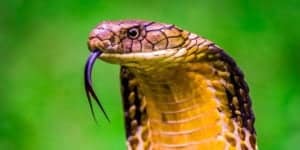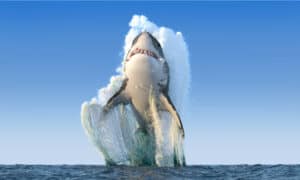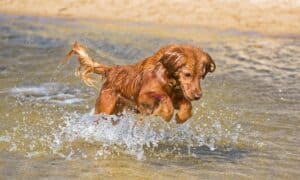Bearded dragons are popular pet reptiles known for their distinctive appearance and docile nature. These lizards are native to the arid regions of Australia and are named for the spiky “beard” of scales that they display when threatened or displaying dominance.
Whether you’re a seasoned bearded dragon owner or just a fan of these fascinating reptiles, test your knowledge with our bearded dragon quiz!
This quiz will challenge your knowledge of bearded dragon facts, from their natural history to their care in captivity.
Get ready to put your bearded dragon knowledge to the test!
Five Cool Facts About Bearded Dragon
Bearded dragons are fascinating reptiles that have become popular as pets due to their unique appearance and docile nature. Here are five cool facts about these amazing animals:
- They’re excellent climbers. While many lizards are primarily ground-dwellers, bearded dragons are actually skilled climbers. They use their strong legs and sharp claws to climb trees, rocks, and other surfaces.
- They can change color. Bearded dragons have specialized cells in their skin that allow them to change color based on their mood or environment. They can darken their skin to absorb more heat or lighten their skin to reflect excess heat.
- They have a “third eye.” Like many lizards, bearded dragons have a parietal eye on the top of their head. This eye is sensitive to light and dark and can detect movement from predators overhead.
- They’re social animals. Bearded dragons are not solitary creatures – in fact, they’re quite social. In the wild, they often gather in groups to bask in the sun, and they will even share food with other members of their group.
- They’re great pets for kids. Bearded dragons are often recommended as great pets for children because they are docile and easy to care for. They have a friendly temperament and can even be trained to do tricks, like waving or “high-fiving” their owners.
Overall, bearded dragons are fascinating animals with a lot of unique characteristics.
Bearded Dragons as Pets
Bearded dragons are one of the most popular pet lizards in the world. Their docile temperament, ease of care, and unique appearance make them a great choice for first-time reptile owners. Here are some things to consider if you’re thinking about getting a bearded dragon as a pet:
- Habitat: Bearded dragons need a spacious enclosure with plenty of room to move around. They require a basking area with a heat lamp to provide warmth, and a UVB lamp to mimic natural sunlight. The enclosure should also include a hiding spot and some branches or other climbing surfaces.
- Diet: Bearded dragons are omnivorous and need a varied diet of both insects and vegetables. They enjoy a variety of insects, including crickets, mealworms, and roaches. They also need a variety of leafy greens and vegetables in their diet, including kale, collard greens, and squash.
- Temperament: Bearded dragons are generally very docile and friendly animals. They are not aggressive and rarely bite, making them a great choice for families with children. They can even be trained to do simple tricks, like waving or walking on a leash.
- Health: Bearded dragons are generally hardy animals, but they can still get sick. Regular vet check-ups and proper husbandry can help keep your bearded dragon healthy. Signs of illness include lethargy, loss of appetite, and abnormal bowel movements.
- Lifespan: Bearded dragons can live up to 20 years in captivity with proper care. This is a long-term commitment, so be sure that you’re prepared to care for your bearded dragon for its entire lifespan.
Overall, bearded dragons make great pets for anyone who is interested in reptiles. They are relatively easy to care for, friendly and docile, and have a lot of unique characteristics that make them fascinating animals to watch and interact with.
Lifespan and Life Cycle
Bearded dragons are a type of lizard that can live for a long time in captivity with proper care. Here are some important things to know about their lifespan and life cycle:
- Lifespan: Bearded dragons can live for up to 20 years in captivity. However, their lifespan can be affected by various factors such as diet, temperature, and general care. For instance, providing your bearded dragon with a balanced diet, a well-maintained enclosure, and an appropriate temperature will help extend its lifespan.
- Life Cycle: Bearded dragons go through a life cycle similar to other reptiles. They start as eggs, hatch into juveniles, and grow into adults. The eggs take approximately 60 days to hatch and the juveniles take about a year to reach sexual maturity. Adult bearded dragons can grow up to 24 inches long and weigh up to 1-2 pounds.
- Molting: Bearded dragons molt, shedding their skin as they grow. Younger bearded dragons molt more frequently than adults. The process of shedding can be stressful for the dragon, and they may be less active and eat less during this time.
- Reproduction: Bearded dragons are oviparous, which means they lay eggs. Mating takes place during the cooler months, and the female lays her eggs in a nesting box in the enclosure. The eggs take approximately two months to hatch.
- Aging: As bearded dragons age, they may experience various health issues such as metabolic bone disease, impaction, and respiratory infections. Regular vet check-ups can help catch these issues early, improving the chances of a good outcome.
Overall, understanding the lifespan and life cycle of bearded dragons is important for providing them with the proper care they need to thrive. By providing the right diet, temperature, and care, you can help ensure that your bearded dragon lives a long and healthy life.




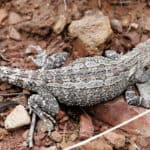

 Fir0002/Flagstaffotos / Creative Commons
Fir0002/Flagstaffotos / Creative Commons